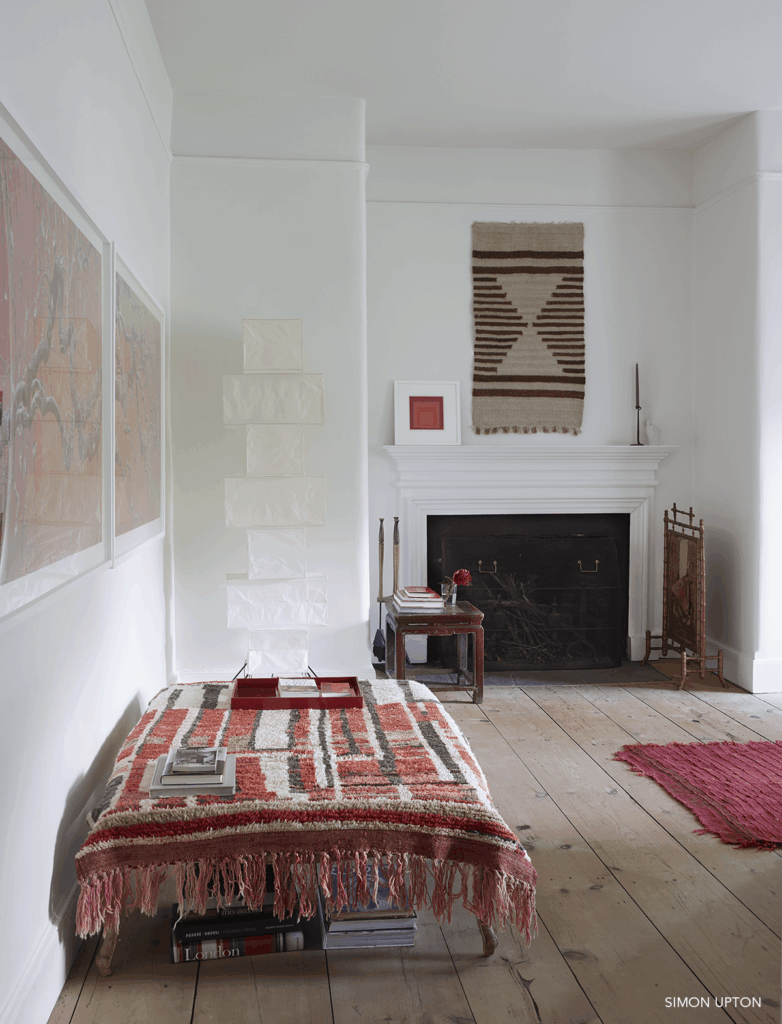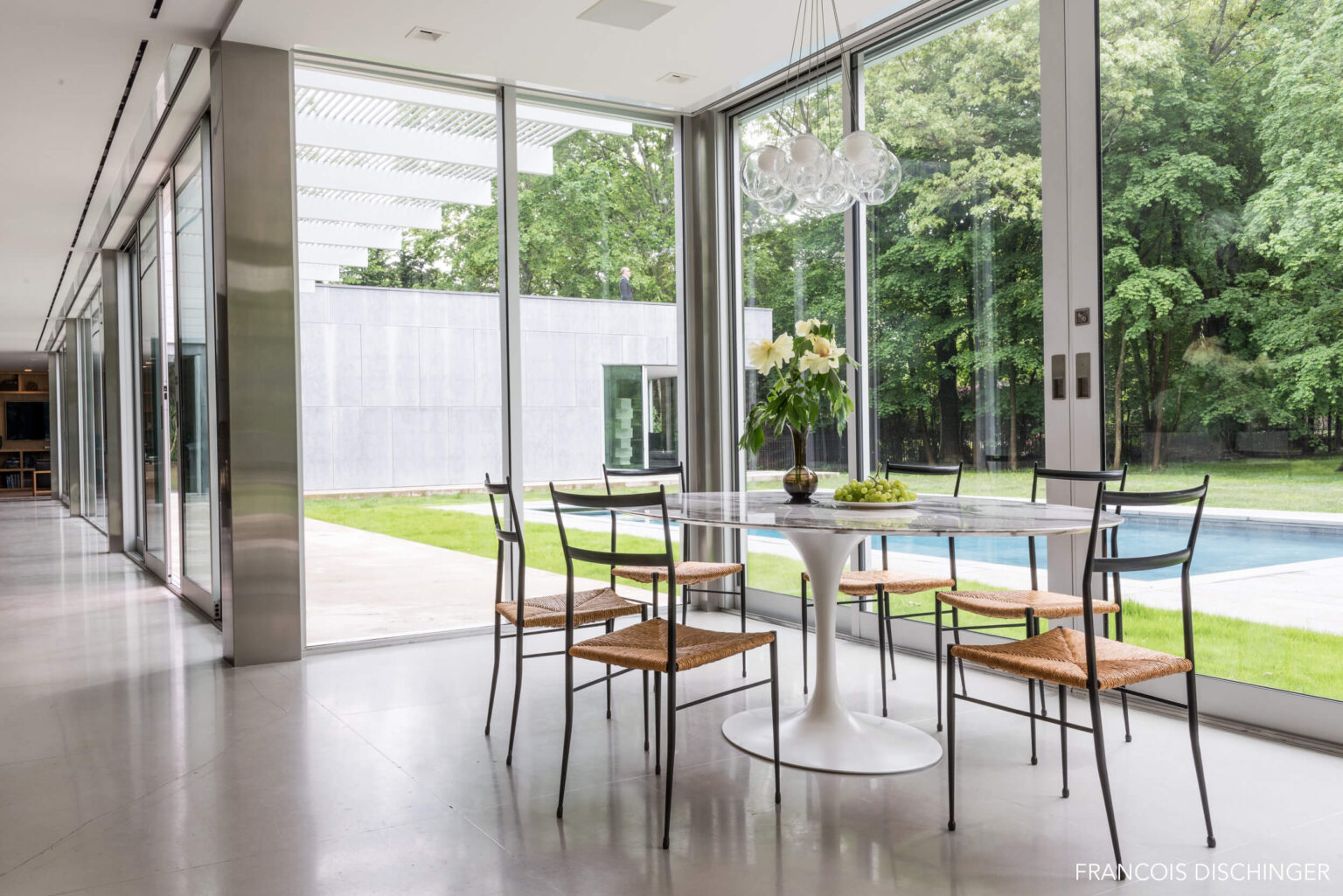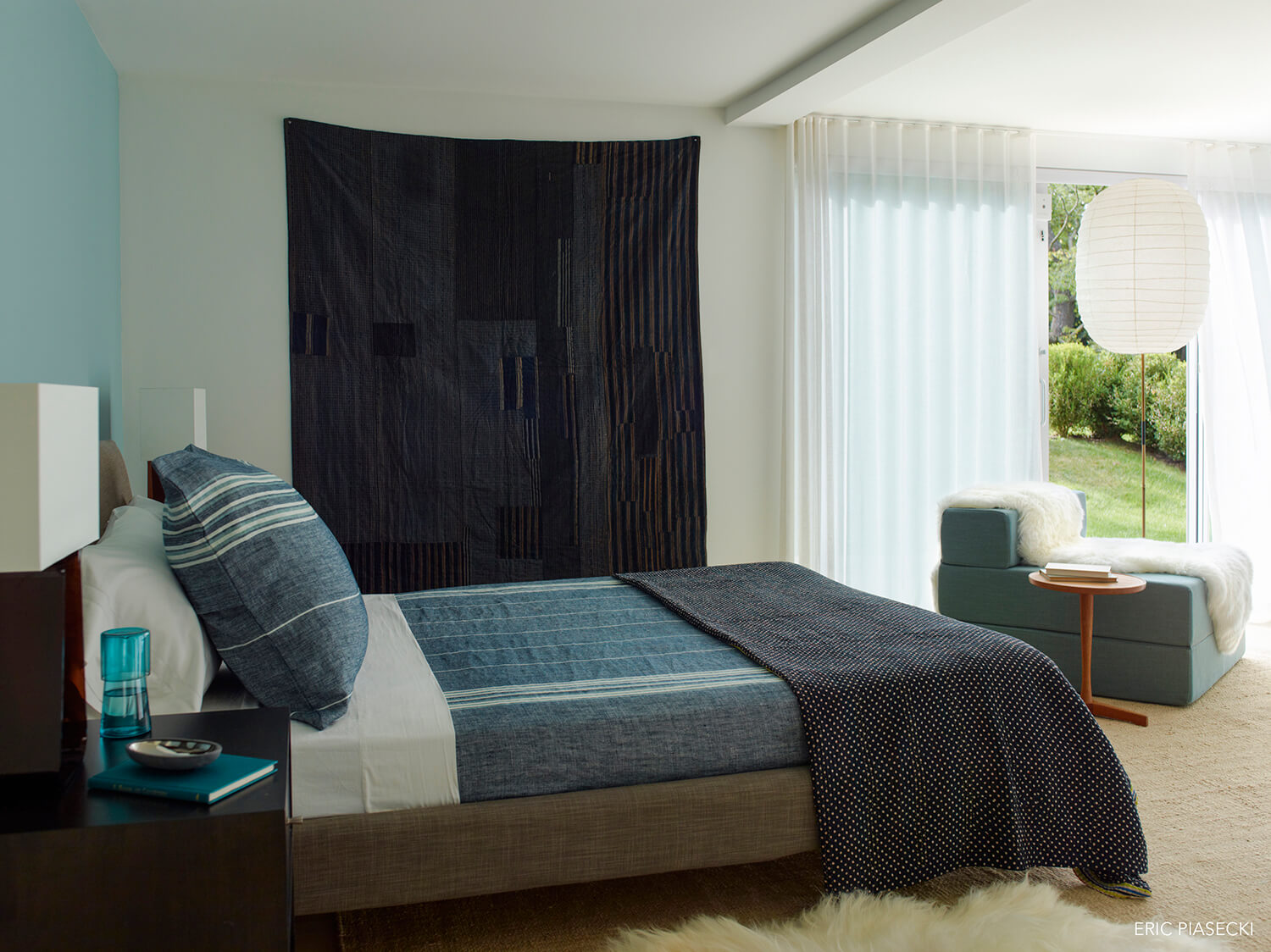
In the world of interior design, iconic furniture often occupies a tricky space. As a designer, I’ve always had a certain hesitancy when it comes to choosing pieces for projects that have become design cliches. The widespread use of such items can sometimes undermine the uniqueness and authenticity of a space. That being said, iconic pieces do hold enduring appeal and can be employed in a way that transcends trends if approached thoughtfully.
Take for example, the furniture designed by Pierre Jeanneret for the Indian Government in Chandigarh in the 1950s, which included chairs, tables, desks, shelving, benches and stools. The collection was made out of local materials such as bamboo, teak, rope and wicker and was crafted by local artisans. For decades, the pieces were not very well known outside of the buildings for which they were designed, but in the early 2000s, a number of prominent furniture dealers began representing them as rare finds. These designs are undeniably striking, both in their craftsmanship and aesthetic, so naturally, they became very popular, whether original pieces that had been restored, or reproductions. Today, they are considered to be 20th century masterpieces. Unfortunately, the sheer frequency with which they appear in contemporary design projects makes them feel almost like a default option. When every other project adopts the same pieces, it risks making the space look unimaginative, and/or lacking that distinctive touch that signals innovative design.
Because of this, we generally shy away from incorporating pieces that are overexposed. It’s not that we don’t appreciate them. We do. Jeanneret’s Chandigarh chairs are beautiful, versatile, and historically significant, but using them too often can feel like taking an easy way out. The result is a space that aligns too closely with prevailing trends rather than one that inspires by virtue of its uniqueness.
However, there are moments when we find ourselves drawn to certain iconic pieces despite their popularity. For instance, we often use Isamu Noguchi’s Akari light sculptures—the paper lantern lights he first designed in 1951, that have been widely recognized ever since. What sets these apart is their ability to blend practicality with artistry. The quality of light they provide is unmatched. It is warm, atmospheric and soothing. Additionally, the forms are such that they function as authentic sculptural art. The utility and timeless beauty of the pieces outweigh any concerns about ubiquity; they elevate a space without feeling expected.
Another example is Eero Saarinen’s Tulip Table. Designed in 1958 as part of his Pedestal Collection, it quickly gained popularity, making appearances in the TWA Flight Center at Idlewild Airport (now JFK) and the famed New York City restaurant The Four Seasons. The table has an enameled, cast aluminum base and a round or oval top available in marble, plastic laminate or wood veneer. Its design is so clean, so functional, and yet so elegant that it brings tremendous value to a space. It’s a piece we’ve included in many projects.
What makes Noguchi’s Akari Light Sculptures and Saarinen’s Tulip Table work, in my experience, is restraint. We use them sparingly, making sure they don’t define the entire room. Instead, they act as subtle anchors around which a more singular environment can be crafted. One of our goals in interior design is to create spaces that feel fresh and original. That often means resisting the easy allure of iconic furniture or at least using it in ways that don’t feel predictable. It’s about balancing what’s familiar with what’s new, blending timeless forms with creative, individual touches. When done right, even a widely recognized piece can contribute to a space that feels distinctive.
That’s the art of using iconic furniture: knowing when and how to deploy these pieces so that they enhance rather than detract, helping to craft interiors that resonate on a more personal level.


